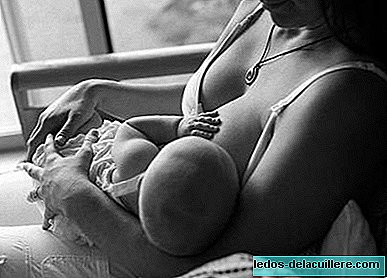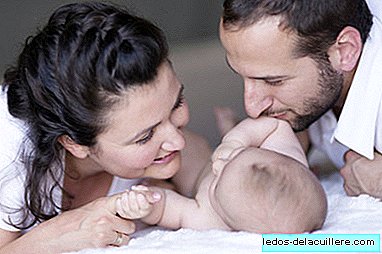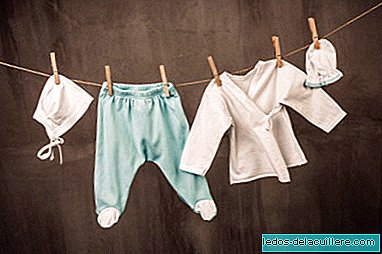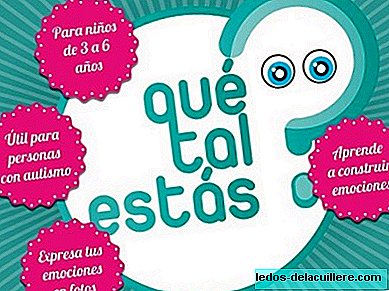
Teething It is the process of growth and exit of the teeth through the gums. This is a normal phase of baby development.
The two lower incisor teeth appear first, between the 5th and 9th month; then the two upper incisors come out, then the two upper sides and later the two lower sides. The first four molars leave between 18 and 24 months, and are the ones that give the most discomfort. At 30 months, in general, 20 baby teeth have left.
How will you realize that your baby is teeth? Because it has some teething symptoms, very easy to recognize. You will see that your baby begins to drool more than normal; Drooling can begin between 3 or 4 months of age, although it is not always a sign of teething. You will also notice that your fingers or fists are brought to your mouth more frequently, as if you had an uncontrollable desire to bite something. Other signs of teething are: swollen or inflamed gums, irritability, crying, restlessness, discomfort. If your baby is teething, offer him a cold ring or toy to bite; Hard rubber toys or pacifiers are ideal, in case your baby uses them, placed a few minutes in the refrigerator, without freezing! They can damage your baby's gums. It also produces a lot of relief to rub the gums gently with your finger, previously submerged in ice water.
It is important that you know that teething does not cause diarrhea, cold or high fever; If your baby becomes ill and coincides with teething, it is important for a doctor to evaluate the symptoms of that disease, beyond teething. Remember: always consult your child's doctor at any alarm sign.












